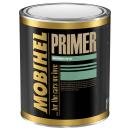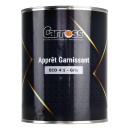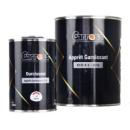Practical guide to the use of bodywork paint primers
See the products concernedPaint primer is an essential product for body repairers, whether professionals or private individuals. The primer is the undercoat that is applied before the paint so that it adheres more easily to the surface of your car or motorbike. This product should be used when you want to prepare the bodywork surface. It can also be used during the finishing stage.
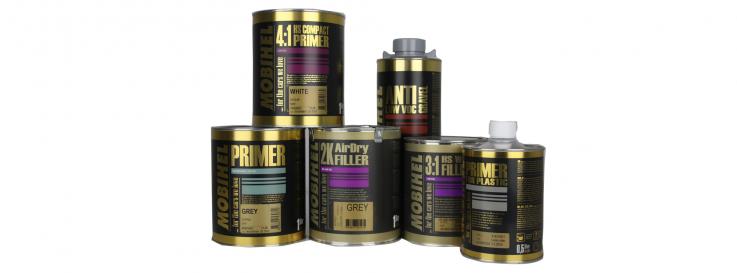
How do you use a Paint primer on your bodywork?
Step 1: This step involves preparing the material before applying the undercoat. To do this, it's important to protect yourself with a mask, gloves and goggles. Next, you'll need to prepare your work area in advance: clean the outside of the car and cover any areas not being worked on with masking paper.
Step 2 : Once the area is clean, apply the primer base. It is important to spray evenly from one side for best results.
Step 3: Using your spray gun, spray the area approximately 30 cm away. After drying, repeat the operation to obtain two coats of primer on the vehicle.
Tech'team tip: We recommend waiting about 10 to 15 minutes at 20°C between each coat.
Step 4: Once the two coats have been applied, we recommend that you sand off the excess product to remove the powdery appearance you risk seeing on your vehicle.
Step 5 : Using a clean cloth and a Degreaser, you can remove the excess product and move on to applying the Paint.
What is Anti-gravel?
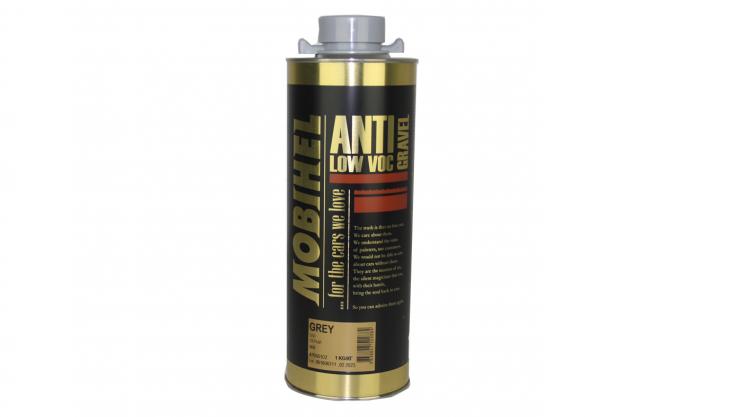
Anti-gravel is a product widely used in the bodywork industry. It is used to protect your vehicle from rust, as well as from stone chips. It therefore helps to protect your car during preparation. Anti-gravel car paint has many advantages, not least its drying time and Theoretical coverage.
Anti-gravel primers are generally composed of synthetic resins, rubber and organic solvents, but the composition can vary from one primer to another.
How do I apply Anti-gravel?
Step 1: Before applying the product, it's essential to clean your car beforehand to remove all imperfections and traces of rust.
Step 2: Once your car or motorbike is clean and dry, use masking paper to cover the areas that won't be worked on.
Step 3: Use a spray gun to apply the Anti-gravel primer to your car. Make sure you respect the 30 cm application distance depending on the area to be worked on to avoid excess product.
Tech'team tip: we strongly advise you to wear gloves and a pair of goggles when applying the primer to avoid any contact with the product.
What tool should I use to sand the paint primer?
Sanding after applying a car primer is essential to ensure quality work and a good result when applying the paint.To do this, we strongly recommend that you use sanding paper or a sanding disc starting with a P360 grit and ending with a P500 grit when you're talking about a filler-type primer.
How many litres of primer do you need to apply to your car or motorbike?
When preparing your primer, it's essential to use the product's technical data sheet to avoid mistakes and ensure that the mix is even and suitable.
How many coats of primer should I apply before painting?
Before you start applying the paint, make sure it matches the current colour of your car or motorbike. During preparation, it's essential that your car paint is thoroughly mixed with the appropriate Hardener and Thinner. All this information can be found on your paint's technical data sheet.
Once it's mixed :
Step 1: Get a spray gun and pour the contents of the mixture into it.
Step 2: Next, apply your mixture to the part of your car or motorbike to be treated and then, in the same way as when applying a primer, spray the paint onto your car using left-to-right movements to ensure a clean, even finish.
Step 3: Leave to dry for around 1 hour, then apply the second coat of paint.
Tech'team tip: If necessary, you can repeat the application 2 or 3 times for optimum paint results.
Step 4: Once the paint is completely dry, you can sand the surface using an abrasive disc or paper.
Step 5: Once the Paint is dry and you've sanded away any small imperfections, use a Degreaser and a red microfibre cloth to wipe off any excess and give your car or motorbike a shine.

